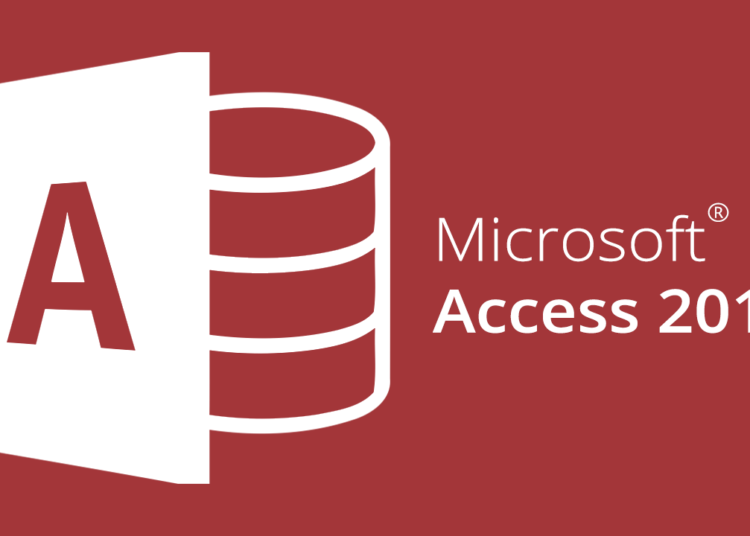Microsoft Access 2019, the most recent adaptation of the Microsoft Office database application, has consistently been an amazing project, and this variant is the same. All that force makes Access an application that is not all that simple to learn all alone.
What is Access useful for? That is a decent inquiry. Indeed, the rundown of what you can do with it is significantly longer than the rundown of what you can’t do with it — obviously, particularly on the off chance that you leave things like “wash your vehicle” and “set aside the dishes” off the “can’t do” list. With regards to information association, stockpiling, and recovery, Access is at the top of the class.
Making databases with various tables
Regardless of whether your database holds 100 records or 100,000 records (or more), in the event that you have to keep separate tables and relate them for greatest utilization of the data, you need a social database — and that is Access. How would you know whether your information should be in isolated tables? Consider your information — is it compartmentalized? Does it go off on digressions? Think about the accompanying model and apply the ideas to your information and check whether you need different tables for your database.
The Big Organization database
Envision you work for an enormous organization, and the organization has information relating to their clients and their requests, the items the organization sells, its providers, and its representatives. For a mind-boggling database like this one, you need numerous tables, as follows:
One table houses the client information — names, addresses, telephone numbers, and email addresses.
A subsequent table contains the clients’ requests, including the name of the client who put in the request, the sales rep who took care of the deal, transporting data, and the date of the request.
A third table contains data on the items the organization sells, including item numbers, provider names, costs, and the quantity of things in stock.
A fourth table contains provider information — about the organizations from which the principle association gets its stock of items to exchange to clients. The table contains the organization names, their contact individual,
Different tables exist, as well — to keep a rundown of transportation organizations and their contact data (for delivery client arranges), a cost table (for the costs brought about in maintaining the business), and different tables that are utilized with the fundamental four tables.
Neglect to design? Plan to fall
On the off chance that you contemplate your database, how you utilize your information, and what you have to think about your workers, clients, volunteers, contributors, items, or tasks — whatever you’re putting away data about — you can design:
- What number of tables you’ll require?
- Which information will go into which table?
- How you’ll utilize the tables together to get the reports you need
Obviously, everybody overlooks something, and plans change after a framework has just been actualized. However, don’t stress — Access isn’t inflexible to such an extent that bedlam will follow in the event that you start fabricating your tables and overlook something (a field or two, a whole table). You can generally include a field that you overlooked (or that some splendid flash just let you know is required) or include another table sometime later. In any case, preparing as altogether as conceivable is as yet fundamental.
Here’s a convenient methodology to follow in case you’re new to the way toward arranging a database:
1. On paper or in a word-handling report, whichever is progressively agreeable, type the accompanying:
- A provisional name for your database
- A rundown of the snippets of data you plan on getting from that database on a day by day or standard premise
2. Presently, in view of that data, make another rundown of the real subtleties you could store:
Rundown each snippet of data you can ponder your clients, items, thoughts, cases, books, masterpieces, understudies — whatever your database relates to. Try not to be hesitant to go over the edge — you can generally skirt a portion of the things in the rundown on the off chance that they don’t end up being things you truly need to know (or can discover) about every thing in your database.
3. Take the rundown of fields — that is the thing that every one of those snippets of data are — and begin separating them into coherent gatherings.
How? Consider the fields and how they cooperate:
- For instance, if the database monitors a library of books, maybe the title, distribution date, distributer, ISBN (International Standard Book Number, which is one of a kind for each book), cost, and page include can be put away in one gathering, while writer data, surveys, and arrangements of different titles by a similar writer or books on a similar theme can be put away in another gathering. These gatherings become singular tables, making your social database of books.
- Make sense of what’s novel about each record. As expressed in the past point, you need a field that is special for each record. Despite the fact that Access can make a special incentive for you if no remarkable information exists for each record in your database, it’s regularly best to have such a field as of now set up, or to make such a field yourself. Client numbers, understudy numbers, Social Security numbers, book ISBNs, list numbers, sequential numbers — anything that isn’t the equivalent for any two records will do.
With a major rundown of fields and some speculative groupings of those fields primed and ready, and with a thought of which field is novel for each record, you can start making sense of how to utilize the information.
Access databases with client structures
- At the point when you’re arranging your database, consider how the information will be entered:
- In the event that you’ll be doing the information passage yourself, maybe you’re happy with working in a spreadsheet-like condition (referred to in Access as Datasheet see), where the table is a major network. You fill it in line by line, and each column is a record.
- You might need to utilize a structure. A structure is a specific interface for information passage, altering, and review your database each record in turn, if:
- Another person will deal with information passage
- Composing a great many columns of information into a major framework appears mind-desensitizing
Databases that require uncommon revealing
One more motivation to utilize Access is the capacity it offers you to make redid reports rapidly and without any problem. Some database programs, particularly those intended for single-table databases (known as level document databases), have some canned reports worked in, and that is everything you can do — simply select a report from the rundown and run a similar report that each other client of that product runs. To study more about these uses get yourself enrolled with uCertify latest Microsoft MOS 77-730 study guide.



